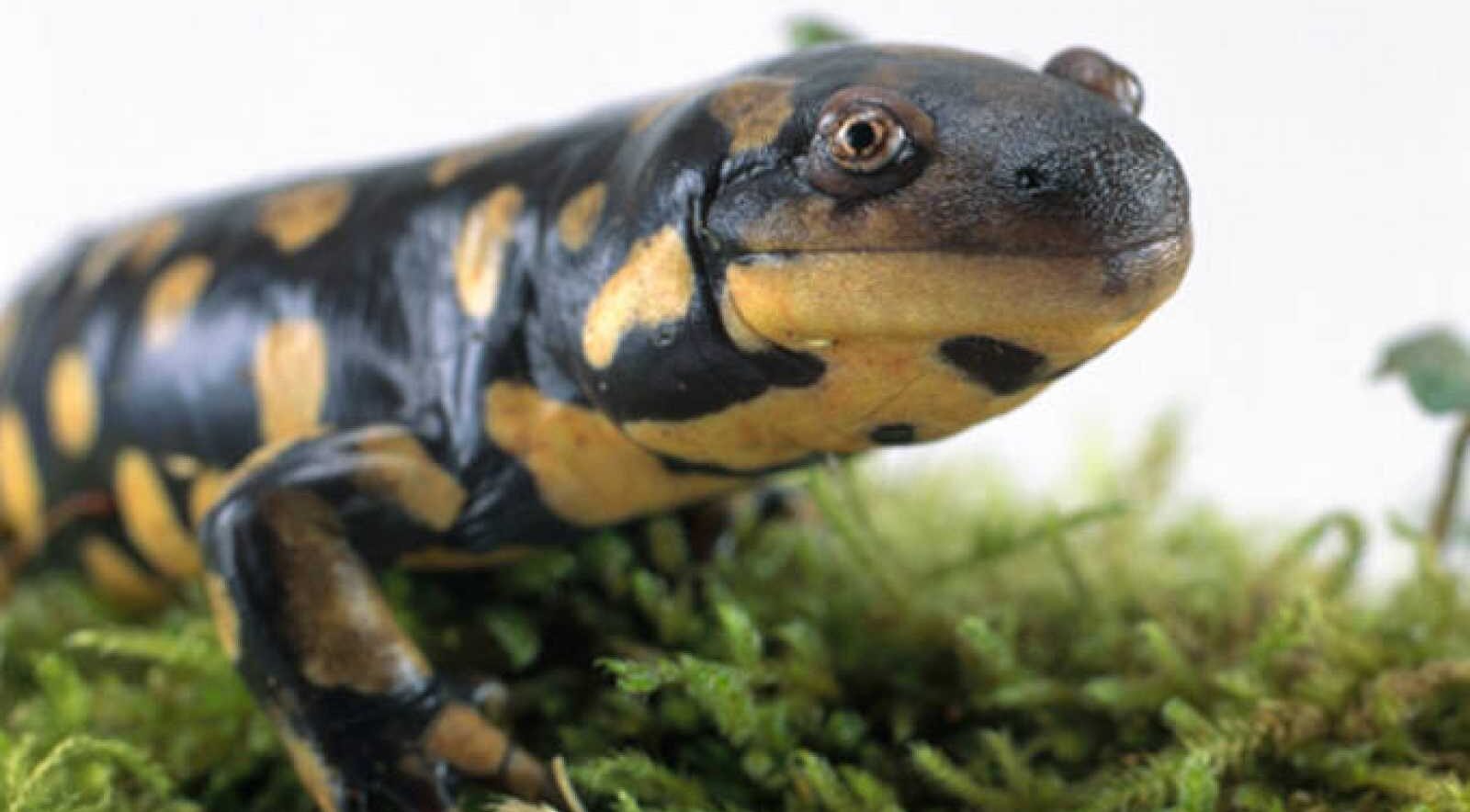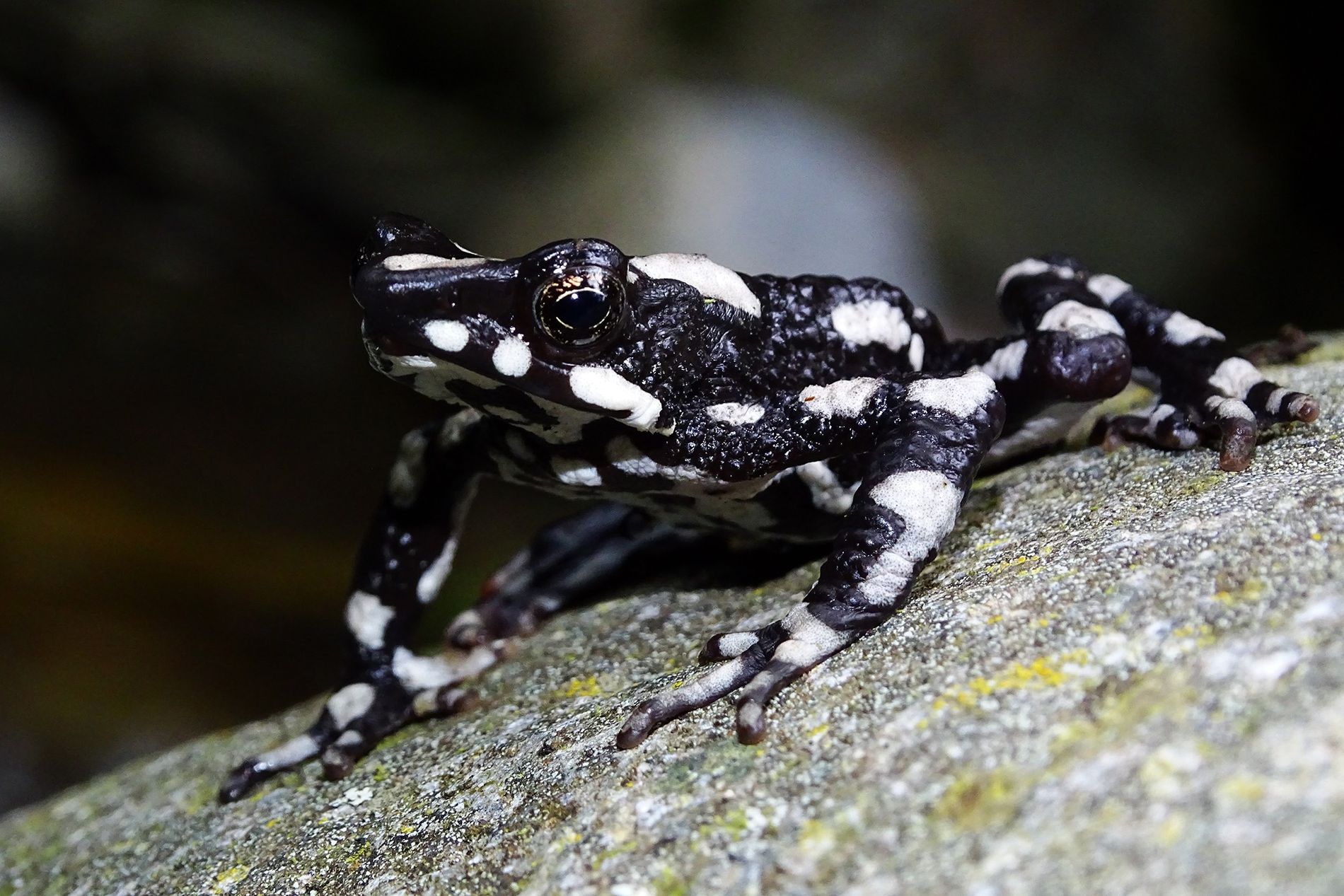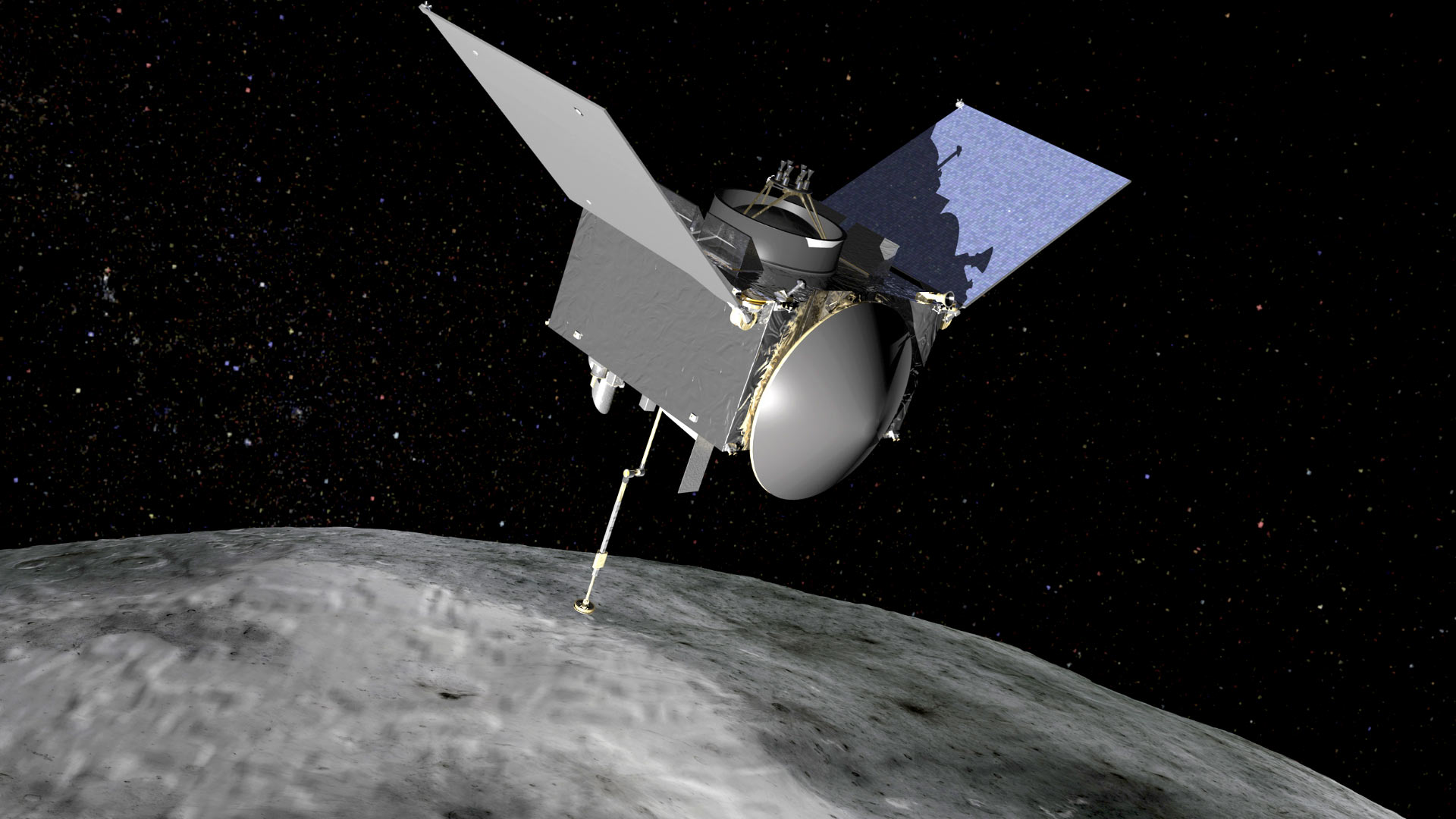The Plight of Amphibians: Half of All Species Face Extinction
Amphibians, including frogs and salamanders, are facing an alarming threat of extinction. These remarkable creatures, which have existed for hundreds of millions of years, are now the most endangered group of animals on the planet. Unfortunately, everything seems to be working against their survival.

Threats to Amphibian Habitats
The habitats of amphibians have been drastically reduced and deteriorated due to the relentless advance of agriculture, the logging industry, and the expansion of human infrastructure. These activities have fragmented their environments, making it increasingly difficult for them to find suitable breeding grounds and food sources. As a result, their populations have dwindled, pushing many species to the brink of extinction.
The Devastation Caused by Pathogens
In the past two decades, amphibians have been devastated by a series of pathogens. Chytrid fungus, in particular, has caused massive declines in their populations worldwide. This deadly fungus thrives in damp environments, making amphibians highly susceptible to its destructive effects. The introduction of this pathogen to new regions through human activities has led to catastrophic consequences for numerous species.
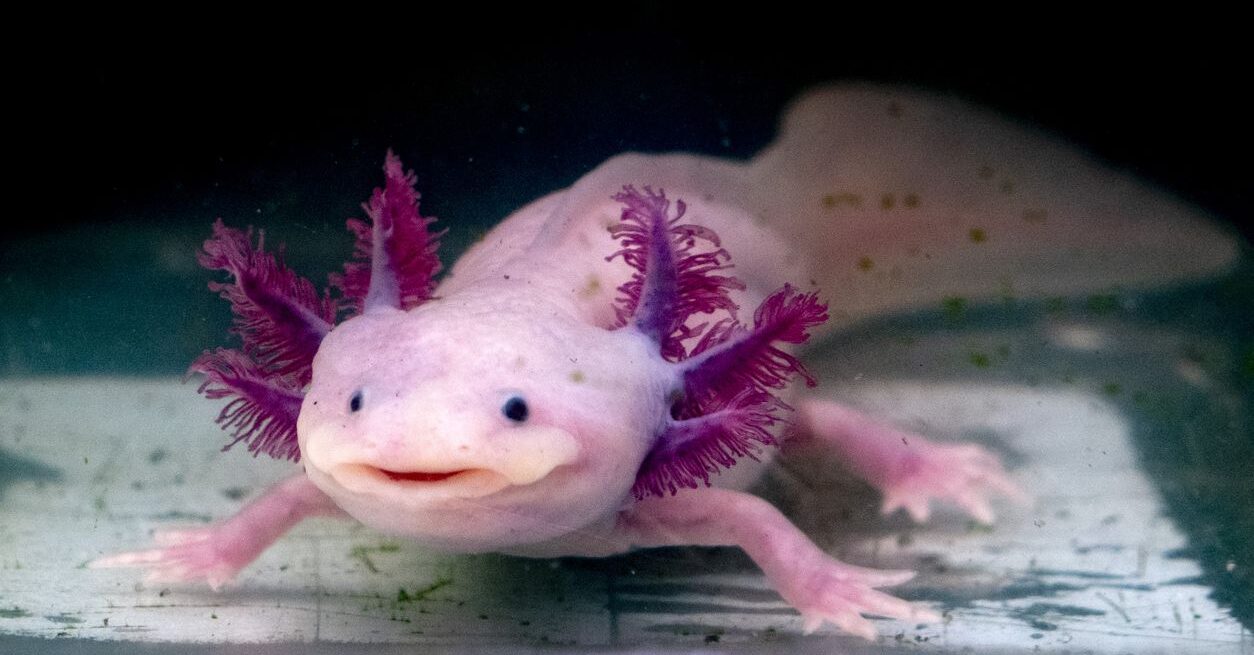
Climate Change and the Future of Amphibians
As if the existing threats were not enough, climate change has emerged as a significant concern for amphibians. Rising temperatures, altered rainfall patterns, and habitat disruptions caused by climate change directly impact these delicate creatures. Many amphibians rely on specific environmental conditions for breeding and survival, making them particularly vulnerable to shifts in the climate. If we do not take immediate action, climate change could push numerous amphibian species towards extinction.
The International Union for Conservation of Nature (IUCN), in collaboration with over a hundred scientists from around the world, has released the second Global Amphibian Assessment (EGA). This comprehensive report evaluates the conservation status of more than 8,000 known species of frogs, toads, and newts. Unfortunately, the findings are alarming. The EGA concludes that approximately half of all amphibian species are in danger of extinction.
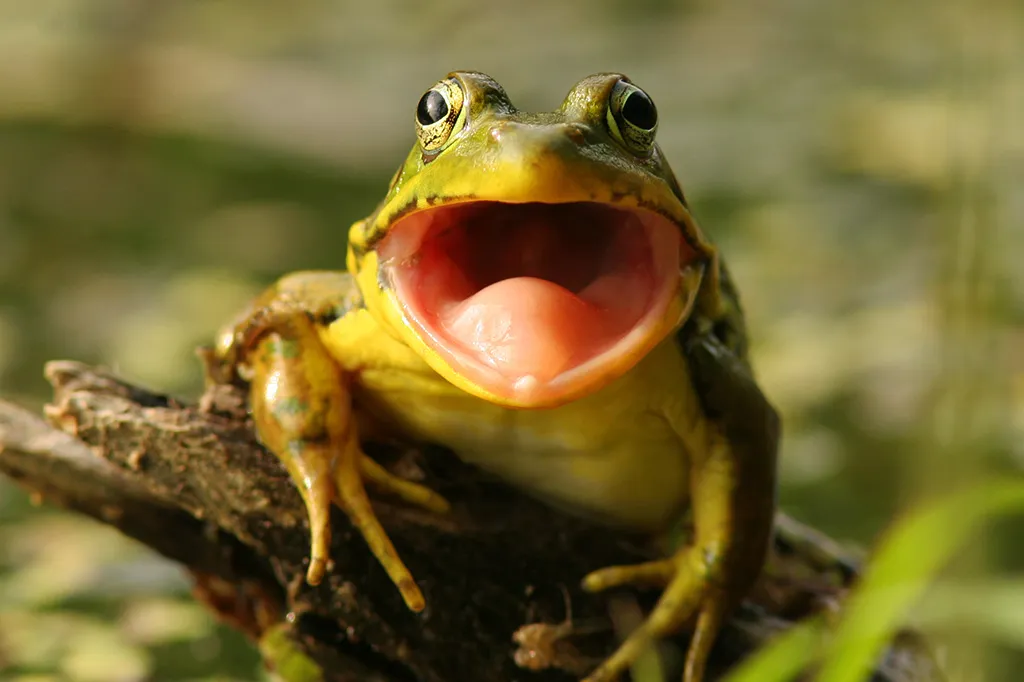
Urgent Measures to Save Amphibians
The urgency to save amphibians cannot be overstated. We must make concerted efforts to protect and restore their habitats, implement initiatives to combat the spread of pathogens, and mitigate the effects of climate change. Education and awareness are also vital in generating public support and fostering a collective responsibility for the survival of these magnificent creatures.
As each day passes, the chances of saving endangered amphibians diminish. We cannot afford to delay action any longer. By prioritizing the conservation of amphibians, we not only preserve biodiversity but also protect the delicate balance of our ecosystems.
